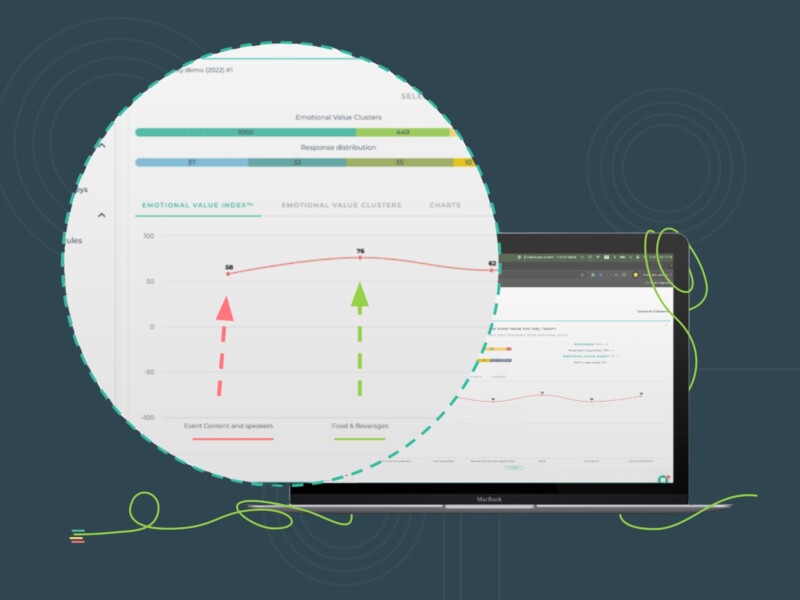The biggest mistake that a customer service manager can make is assuming that anecdotal evidence is sufficient in properly identifying the overall satisfaction of your customers. Many companies just assume that their customers are happy or worse yet, they fall victim to confirmation bias when looking through support requests or customer feedback. After years of working with companies of all sizes across 3 continents, I’ve noticed similar patterns in all of our client’s customer experience management strategies both in the data collection and in the analysis stage.
1. Capture Feedback Continuously
You must have a continuous dialogue with your customers. You absolutely need to reach out to them whenever possible to show them that you actually want to hear about what they think of your company. A survey launched once or twice a year just doesn’t cut it, especially when you’re trying to assess how customers feel about a shopping experience, dealing with your sales associates, or how the store environment feels to them. These things are all dynamic characteristics that will change over time, vary by region, or change based on who is managing the stores. Measuring them once or twice a year will result in out of date data. If you can capture customer feedback continuously, and make operational changes based on the feedback, you will see positive changes in customer satisfaction or customer experience levels over time.
2. Collect Detailed Data That Enables Actions
It’s not enough to have your customers simply rate you on satisfaction by giving you a score out of 5. If they give you a low score, you know that there’s a problem, but you don’t know what the problem is. Find a survey tool that gives you room for customization of question types and allows you to make intelligent surveys which react to customer answers dynamically. Give your customers room to explain why they are unsatisfied – either in a comment box or by creating logic that will automatically ask additional questions when you receive bad feedback. You may be able to look for groups of keywords that keep popping up in the text, such as “no follow-ups” or “long wait-times”. The “why” will provide you with information that makes the response actionable.
3. Quantity Counts
With higher quantity, your data will move closer and closer to the absolute truth. Capture enough responses in order to detect significant differences between categories. You need a statistically-valid sample size to be able to attribute your findings to the entire population. Statisticians will tell you that you need 389 responses in a specific category to have a 10% margin of error in your results. Businesses can get by with a 10% error margin – healthcare typically needs 5%, or 1,568 responses. So say, for example that you’re measuring customer satisfaction at the store level. In order to say that Store A has a significantly better customer satisfaction score than Store B, you need 389 responses to be able to draw this conclusion, with 90% accuracy. If you have less than 389 responses for a single measurable category, you can’t draw any reliable conclusions from your findings because the margin of error will be too large.
So you can see that by following these three basic rules, you can collect a solid base of customer feedback from which to make informed decisions with confidence. Anything less, and your assumptions may come back to haunt you.
Find A Solution That Works Best For Your Company
In order to effectively measure customer satisfaction, an ad hoc method will not do. There are dozens of software tools on the market that are dedicated to collecting and managing customer feedback for the purpose of analyzing customer satisfaction, NPS, or any other specific area of your business. There is nothing seriously wrong with the functionality of most customer feedback tools. The problem is that they enable tactical customer feedback actions instead of strategic customer experience solutions.
By starting Feedbackly, the goal was to make it easy for companies of all sizes to measure their customer satisfaction from one platform – and make it easy to use. No gimmicks, no marketing bullshit. Our free plan has no time limit and offers a very generous feature set, give it a try today!
[maxbutton id=”1″ url=”https://www.feedbackly.com/sign-up” text=”Sign up” ]



